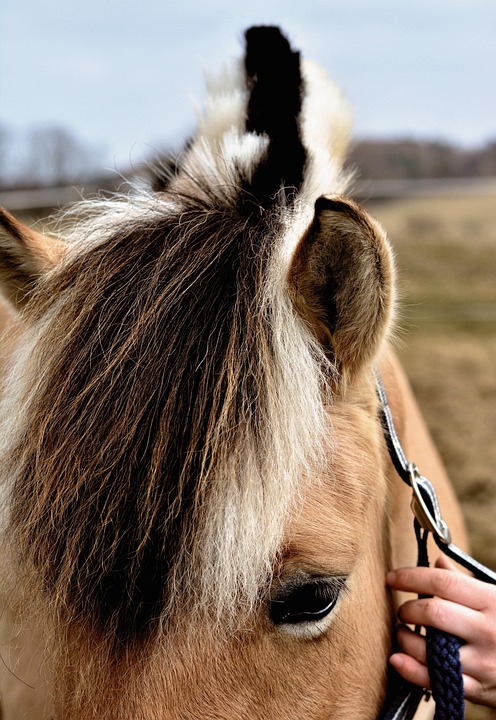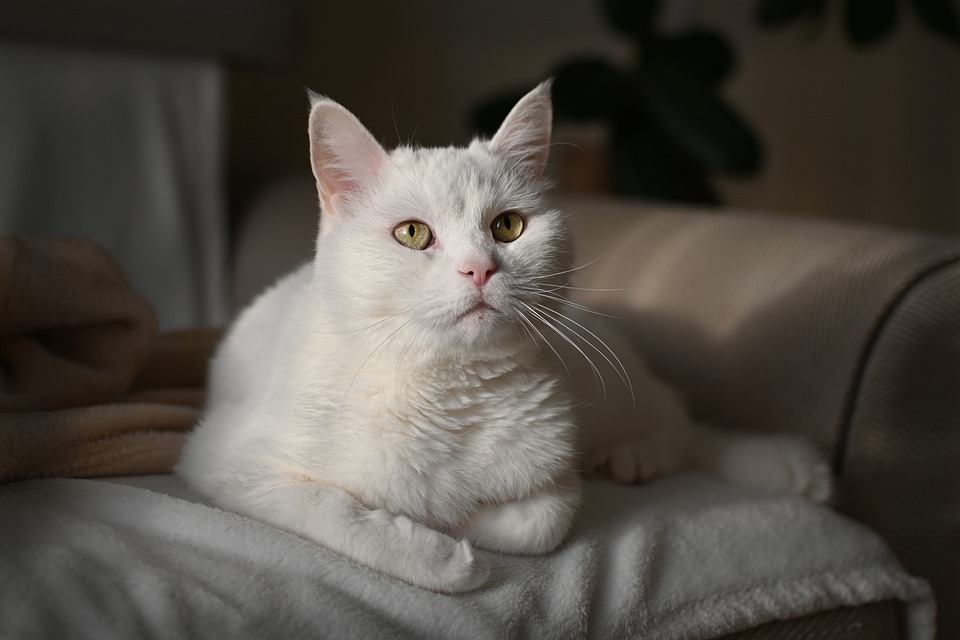The science of creating the perfect surface for optimal equine performance and soundness is a crucial aspect of Olympic equestrian competition. The Fédération Equestre Internationale (FEI) took a significant step towards improving footing safety after the 2004 Athens Olympic Games, where horses sustained injuries due to poor surfaces. This led to the development of standards for footing to ensure consistency and safety for horses. The FEI funded a project led by Lars Roepstorff, DVM, PhD, to evaluate riding arena surfaces using a mechanical hoof that mimics the motion and impact of a horse’s forelimb contacting the ground.
Roepstorff and his team identified five key characteristics of an arena surface: impact firmness, cushioning, responsiveness, grip, and uniformity. Based on their research, the FEI established a database of measurements taken at various arenas and created an FEI footing standard specifying the sand/fiber mix, mineral content of the sand, and makeup of the textile fibers. This standard aims to provide a surface that offers sufficient traction for safety, energy rebound for performance, shock absorption, and uniformity while maintaining proper drainage.
Today, top FEI competitions, including the Olympics, typically use a footing mix of sand and textile fibers. Waxed sand, preferred for outdoor surfaces, requires less watering and drains better, making it ideal for locations prone to heavy rainfall like during the Paris 2024 equestrian competition. The sand-covered fibers enhance traction and reduce shifting of sand when trodden on. Designated experts oversee the selection, installation, and maintenance of footing at major events to ensure the surface remains consistent and uniform.
Sourcing of footing materials is also crucial, with considerations for environmental impact and toxicity to horses. Fibers are often recycled from items like carpets and must be tested for harmful chemicals. To minimize transportation costs and environmental impact, footing materials are ideally sourced locally.
Ongoing research and innovations in equine footing continue to improve safety and welfare for horses. The FEI is currently conducting studies on the correlation between footing, biomechanics, and injuries, as well as an epidemiologic study of jumping horses‘ career profiles. At the Paris 2024 Games, volcanic material was used for quick repairs on deteriorated footing, providing light traction with minimal injury risk.
The exchange of knowledge and expertise among footing experts from around the world at the Olympic Games contributes to ongoing improvements in equine footing. The ultimate goal is to enhance the welfare of horses through advancements in footing technology and practices.





